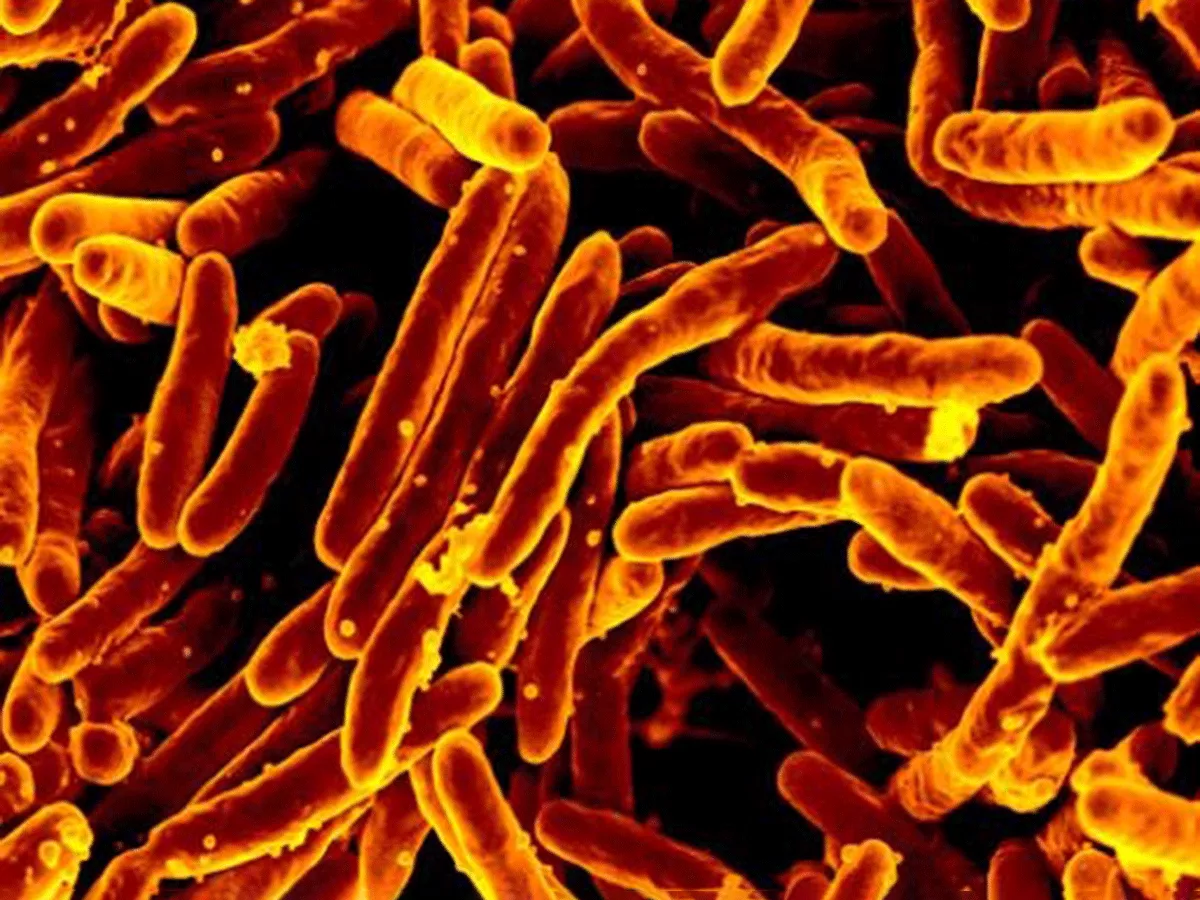A histone acetylome-wide associations study (HAWAS) performed in immune cells from patients with active Mycobacterium tuberculosis infection versus those from healthy controls, has for the first time provided proof of principle for HAWAS to infer molecular mechanisms of host response to pathogens.
Led by scientists at the Agency for Science, Technology and Research (A*STAR) in Singapore, the study findings may have important implications for the future management of TB and potentially other diseases, the authors reported in the January 31, 2022, online edition of Nature Microbiology.
"M. tuberculosis infection remodels the transcriptome of immune cells in many ways, some of which are pathological, while others protect the host," said Shyam Prabhakar, senior group leader at the A*STAR Genome Institute of Singapore (A*STAR GIS), who co-led the study with Amit Singhal, principal investigator at the A*STAR Infectious Diseases Labs.
Histone H3 acetylation at lysine 27 (H3K27ac) is a well-established chromatin signature of active enhancers and promoters, which correlates with gene expression and transcription factor binding.
Genome-wide H3K27ac has been profiled in post-mortem autism spectrum disorder (ASD) brains versus controls, revealing widespread ASD-associated chromatin alterations in specific pathways and facilitating ASD pathology studies.
Similar studies have detected thousands of histone acetylation changes in post-mortem Alzheimer's disease brain samples, with more recent studies having looked acetylation changes in dilated cardiomyopathy and heart failure.
In the new Nature Microbiology study, the authors used genome-wide H3K27 acetylation profiling of peripheral blood granulocytes and monocytes from persons with ATB infection versus healthy controls, to investigate whether HAWAS might also provide insights into an infectious disease.
"Previous studies have implicated myeloid cells, namely peripheral granulocytes and monocytes, in TB pathogenesis," Prabkahar told BioWorld Science.
More than 2,000 differentially acetylated loci were detected in either of the cell types in the Singapore Chinese discovery cohort of 46 individuals.
These findings were then validated in a subsequent multiethnic Singapore cohort of 29 and in a longitudinal South African cohort of 26, demonstrating that HAWAS can be independently corroborated.
This is important, since "independent corroboration means that the results are reproducible. That is, they are not a statistical or technical artifact but a genuine consequence of M. tuberculosis infection," said Singhal.
"In the early days of genome-wide association studies (GWAS), many reported results could not be reproduced, because the statistics had not been done rigorously enough," he noted. "The present study's findings demonstrate that our HAWAS methodology is rigorous enough to identify genuine biological effects rather than statistical artifacts."
These acetylation changes were then correlated with differential gene expression. Differential acetylation was shown to be enriched near potassium channel genes, including KCNJ15, which modulates apoptosis and promotes M. tuberculosis clearance in vitro.
"We found that histone-acetylated regions near potassium channel genes were more likely to be modulated than the average acetylated region in the genome," said Prabkahar.
"We quantified measurements of apoptosis and M. tuberculosis growth in both primary blood cells in cell lines, then showed that these properties were altered when KCNJ15 expression was altered."
Histone acetylation quantitative trait locus (haQTL) analysis, which correlates gene expression differences between individuals with histone acetylation differences, was then performed on the dataset.
This identified 69 candidate causal variants for immune phenotypes among granulocyte haQTLs and 83 among monocyte haQTLs, some of which may contribute to inflammatory and infectious disease susceptibility.
"Many haQTLs are gene regulatory variants that influence gene expression. Therefore haQTLs can influence physiology, disease susceptibility and disease response by influencing gene expression" explained Prabkahar.
"Statistically, we found that haQTLs are present at numerous loci associated with autoimmune and infectious diseases, many of which could turn out to be the causal variants responsible for immune-related differences between individuals."
Taken together, these study findings provide the proof-of-principle for HAWAS to indicate mechanisms of immune host response to pathogens that may have treatment implications.
For example, "KCNJ15 and other potassium channels represent promising potential drug targets for TB, while the expression changes detected in this study could be used for monitoring response to TB treatment," said Singhal.
Looking forward, he said, "we are continuing to investigate the molecular mechanisms by which KCNJ15 modulates M. tuberculosis infection, which we expect could serve as a paradigmatic example of how potassium channel channels participate in host response to bacteria."

